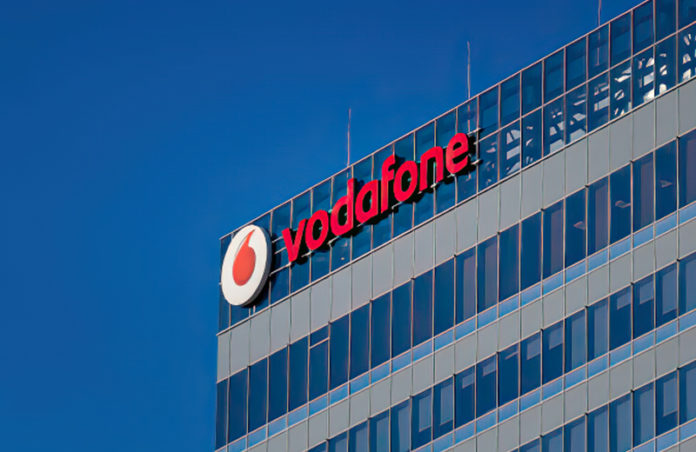Xiaomi, Qualcomm Technologies, Inc., Vodafone, and Nokia have successfully completed testing a major 5G software update that is expected to boost consumer data speeds by approximately 25 percent.
Announced on Wednesday, this advancement will enable enterprise applications to benefit from greater capacity, lower latency, and faster download speeds.
The firms’ engineers used a Xiaomi 15 Ultra smartphone with the Snapdragon 8 Elite Mobile Platform and Nokia’s newest Habrok 64 massive MIMO radios to reach download speeds of up to 1.7 gigabits-per-second (Gbps) over 3.5GHz airwaves.
About 500 meters away, a novel method known as 1024 quadrature amplitude modulation (QAM) was employed to transmit more data in a single transmission than the existing system based on 256 QAM.
Data-intensive services, like streaming music and video, are driving the need for more network capacity, particularly in urban areas. 1024 QAM will help meet this demand. For example, Vodafone UK’s network traffic has increased 25 times in the last decade.
Furthermore, 90 per cent of all European mobile data traffic goes to users’ cell phones via the network downlink channel.
The goal of the technology
The technology’s goal is to increase data throughput without requiring extra equipment at the mobile base station, thereby saving energy.
Additionally, increased spectrum efficiency frees up more bandwidth, allowing Vodafone to provide faster download connections to more indoor and outdoor consumers.
Vodafone expects more device manufacturers to integrate the technology into their goods and that consumers will soon be able to fully use the 5G improvement.
Building on earlier experiments with other partners, Vodafone’s Ciudad Real facility in Spain hosted the 5G technology test.
Remarks from partners
Alberto Ripepi, Vodafone’s Chief Network Officer, said: “We are looking at new ways to extract greater performance from our 5G networks to enhance the customer experience. Securing widespread support for this latest technology at the network level and within the latest smartphones will help us achieve that aim.”
Mark Atkinson, Senior Vice President and Head of Radio Access Networks at Nokia, said: “This successful trial with Vodafone demonstrates the benefits of high-order modulation technology in delivering fast speeds with reduced capacity. Nokia is at the forefront of these advanced technologies that enable premium performance, support new enterprise and consumer services and deliver superior user experiences.”
Dino Flore, Vice President, Technology of Qualcomm Europe, Inc. said: “The Snapdragon 8 Elite Mobile Platform delivers exceptional speeds and efficiency. This advanced 5G test with Vodafone, Nokia and Xiaomi, using industry-leading mobile technologies, significantly boosts performance and enables a seamless, faster and more efficient customer experience.”
Yongmin Huo, General Manager of Xiaomi’s Product Technology Department, said, “We are committed to unlocking the full potential of 5G through continuous innovation. Our successful collaboration with Vodafone and Nokia in pioneering 1024QAM technology marks a major leap forward in network efficiency and speed, delivering faster, more reliable connectivity for users worldwide.”
Timely development
The industry group 3GPP defined the 1024 QAM technology that will help mobile carriers manage network capacity. Given the ongoing increase in network demand, this development is timely.
According to a recent survey by AD Little, the average end user will use social media for three to four hours a day, up from the current average of one to two hours.
Additionally, Vodafone, along with important partners like Nokia, Qualcomm Technologies, and Xiaomi, will continue to develop 5G in order to provide these services more rapidly and effectively, given the change to high-definition movies that are currently common on many websites.
Qualcomm Technologies, Inc. and/or its affiliates make products bearing the Snapdragon and Qualcomm brands. Qualcomm Incorporated owns the trademarks Qualcomm and Snapdragon.
















